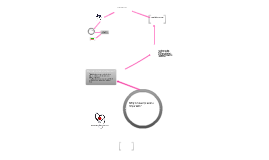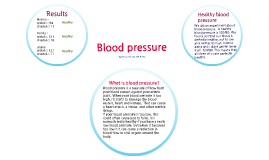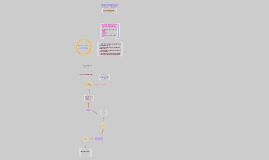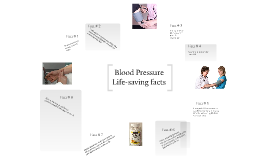Blood pressure
Transcript: Blood Pressure What is Blood Pressure? Blood Pressure is the force exerted against the blood vessels. This varies on different parts of your body, but it is strongest in your left arm. There are 2 parts to taking blood pressure, systolic and diastolic. Blood Pressure is written similar to a fraction. The way it is written is systolic over diastolic. Systolic- Systolic pressure is the pressure exerted against the arteries as the heart beats. Diastolic- Diastolic pressure is the pressure exerted against the arteries as the heart relaxs between beats. Taking Blood pressure! First, get the correct devices you will need. (Stethoscope and Blood Pressure Cuff) Second, put the cuff on snuggly on your elbow. Third, put the stethoscope under the cuff, posterior of the elbow. Inflate the cuff to 180, and slowly release pressure. When you hear the first heart beat, that is the systolic. Once the heart beat can no longer be heard, that is your diastolic. Example: Pulse rate is also an important part to blood pressure, as it is what you are listening to. Pulse rate is the number of times your heart beats in a given time. Typically, you count the number of beats in a 15 second time span and multiply by 4. You can find your heart rate in multiple places on your body. Two locations for finding your pulse is on your neck and wrist. For an average adult, the resting heart rate should be between 60-100. If you are an athletic human, it can get as low as 40. A lower heart rate generally implies that the person has a more efficent cardiovascular fitness and heart function.

















